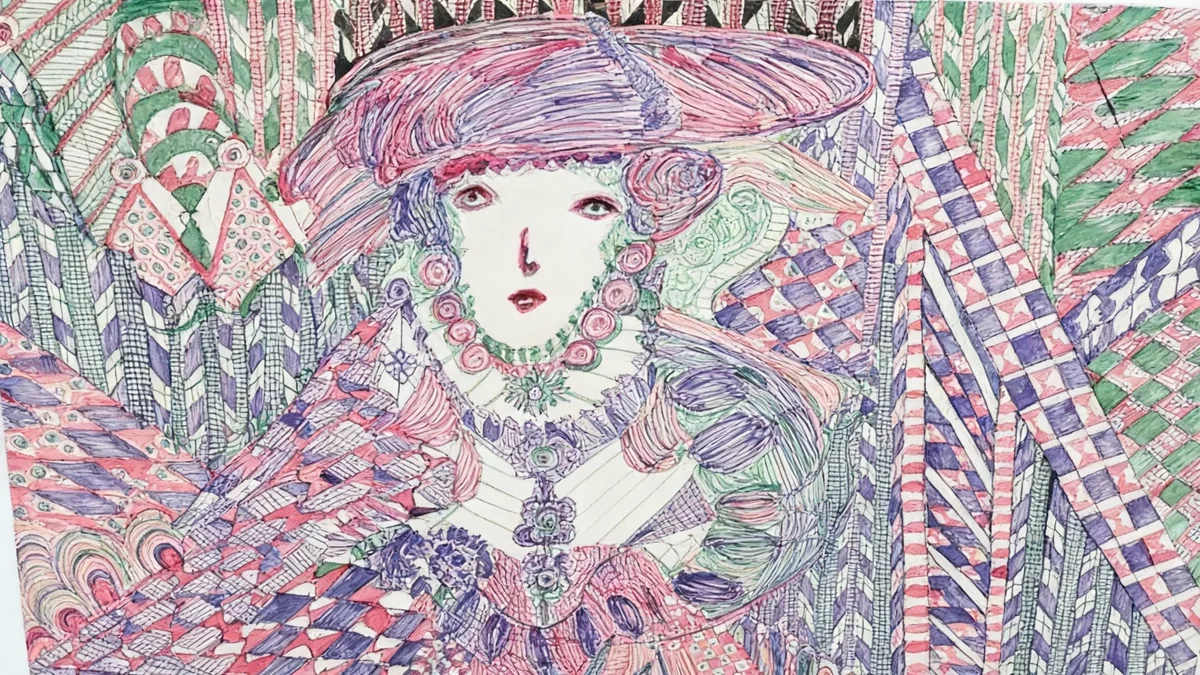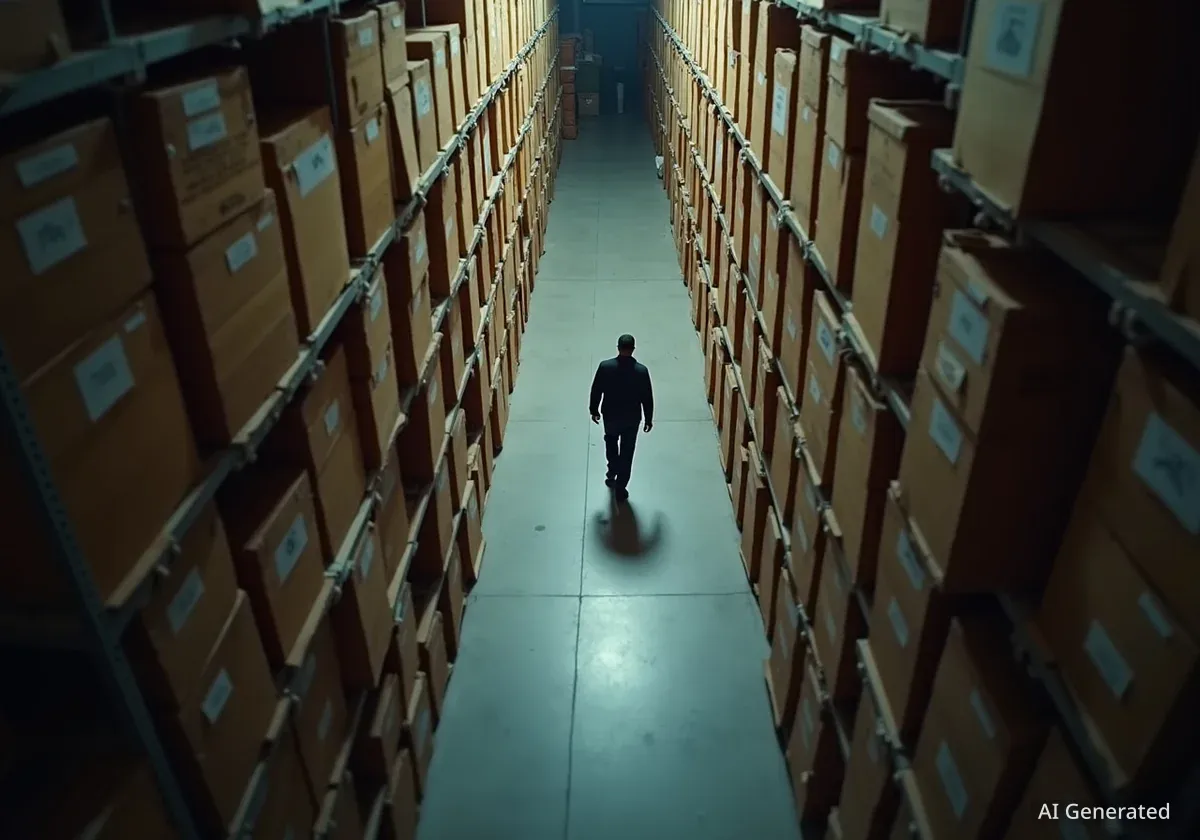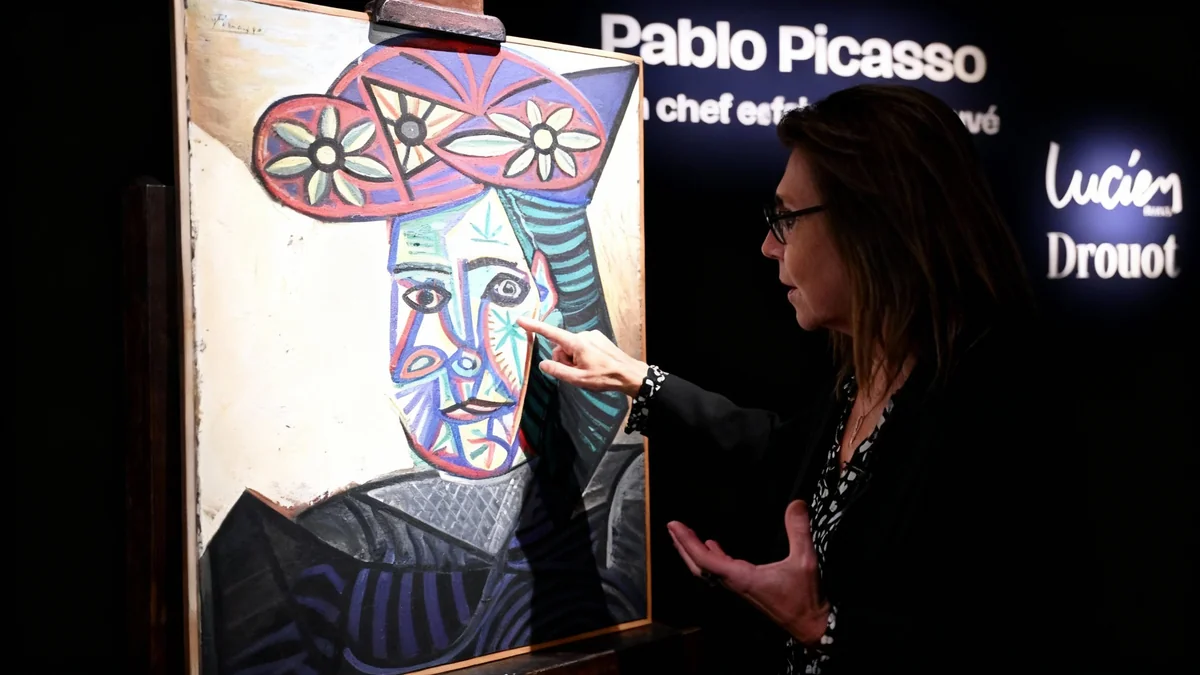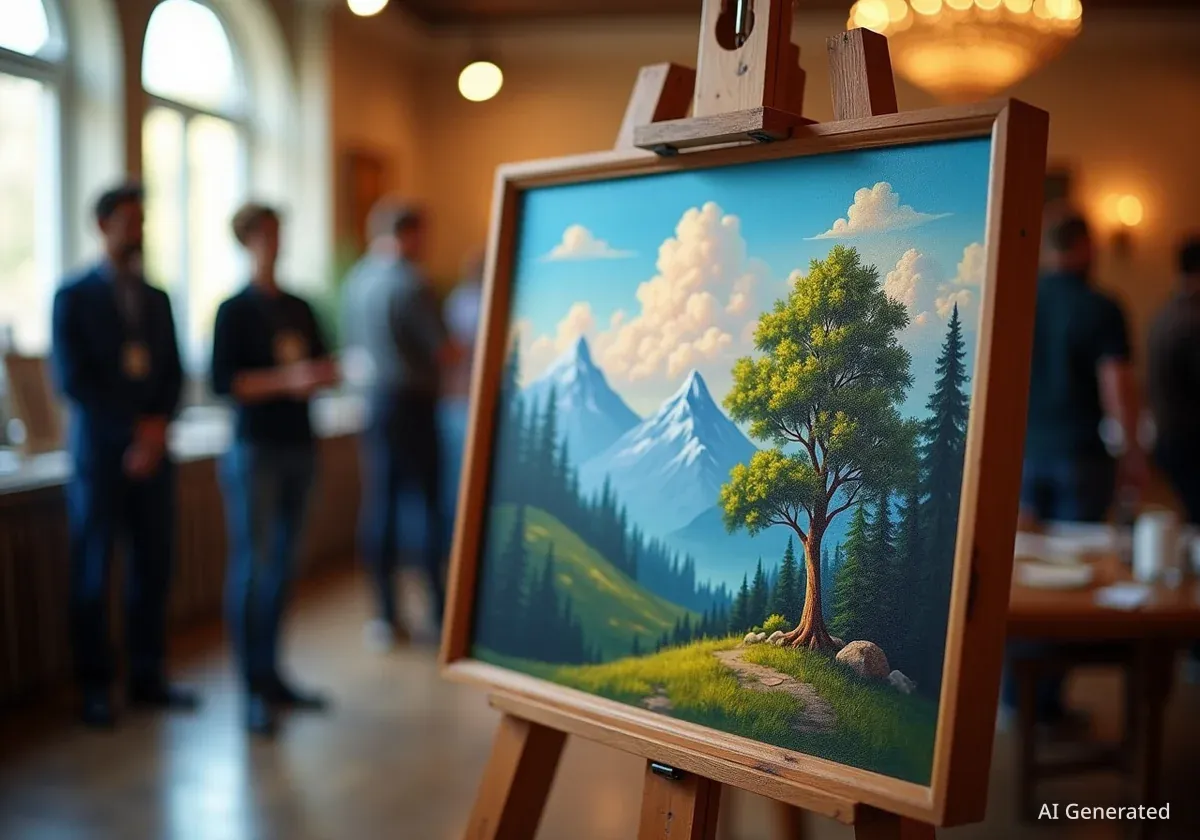The global art market is showing signs of renewed activity, with recent fairs and auctions in London and Paris indicating a shift towards a 'safety first' approach among collectors. This trend emphasizes institutional support and works with strong art historical connections, providing a sense of relief to a sector that has faced considerable uncertainty.
While experimental taste is less prevalent, sales have occurred across various categories, signaling a cautious resurgence. High-profile sales, such as a collaborative work by Jean-Michel Basquiat and Andy Warhol, underscore this renewed interest in established artists.
Key Takeaways
- Collectors favor established artists and historical connections.
- Imagined landscapes and surrealism gain popularity.
- Outsider art, particularly self-taught artists, sees increased institutional interest.
- Analogue photography sales are rising, especially among younger and female buyers.
- Old Masters are attracting new collectors who value historical context.
Established Masters Drive High Sales
Recent events in London and Paris highlight a market willing to invest in significant pieces, particularly those by renowned 20th-century artists. In London, the Frieze fairs showcased a collaborative painting by Jean-Michel Basquiat and Andy Warhol titled 'Highest Crossing' (1984).
This work, featuring calligraphy, scratched words, and an alligator, sold for an impressive $6 million through Vito Schnabel Gallery. It represents a clear preference for artists with established reputations.
Notable Sales
- $6 million: Jean-Michel Basquiat and Andy Warhol, 'Highest Crossing' (1984)
- $23 million: Gerhard Richter, yellowish abstract (1987) at Hauser & Wirth
Paris witnessed even higher individual prices. At Art Basel Paris, a two-meter-high abstract painting by Gerhard Richter from 1987, displayed at Hauser & Wirth, was priced at $23 million. This sale coincided with a major retrospective of Richter's work at the Fondation Louis Vuitton, further solidifying his market presence.
Despite these high figures, such prices remain exceptions in a market still navigating uncertainty. A recent survey of 3,100 collectors worldwide, conducted by Clare McAndrew for Art Basel and UBS, revealed a median spend of $24,000 in 2024. The average spend, however, was significantly higher at $438,990, influenced by older collectors and those in mainland China.
Escapism Through Imagined Landscapes
In a world of rapid change, collectors are increasingly drawn to art that offers a sense of escape. Surrealist and symbolist landscapes by contemporary artists are gaining significant traction.
These works, often more accessible in price than their 20th-century predecessors, were prominently featured at recent art fairs. Swiss painter Nicolas Party's bright, structured woodland scenes, for example, sold out at his Hauser & Wirth show in London.
British painter Georg Wilson, a rising star, also saw quick sales for her detailed, fairytale-like forests, including 'Strange Pastoral' (2025) at Pilar Corrias during Art Basel Paris. Other artists like Sholto Blissett and Pierre Knop also found success with their imagined landscapes.
"Collectors are increasingly drawn to imagined or re-enchanted landscapes as spaces of escape and reflection. These works offer an alternative to narratives of expansion and extraction."
Mystical Nordic art from the estate of Danish entrepreneur Ole Faarup also performed well at Christie's. Peter Doig's uncanny landscapes from this collection were highlights of London's auction season, coinciding with his solo show at the Serpentine.
The Appeal of Surrealism
Surrealism, with its focus on dreams and the subconscious, offers a powerful antidote to modern anxieties. Contemporary artists are reinterpreting this tradition, providing viewers with rich, imaginative worlds that invite contemplation and escape.
The Rise of Outsider Art
The market's appetite for experimental art remains limited, but one area seeing growth is outsider art. This category includes works by self-taught and indigenous artists, which challenge traditional art historical narratives.
At Frieze Masters, the Gallery of Everything reported selling out its collection of works by Madge Gill, a self-taught artist (1882-1961). Her pieces, including one acquired by London's Tate Collection and another by the National Portrait Gallery, carry a compelling backstory.
Gill, who believed she was guided by a spirit named Myrninerest, created intricate, obsessive ink drawings and textiles. Gallery owner James Brett notes that these works, which express a deep sense of belief, are now finding a receptive audience.
"In the machine age, there is a thirst for connection."
Analogue Photography Gains Momentum
In a world increasingly dominated by digital technology, a counter-trend towards old-school analogue photography is emerging. Pace Gallery dedicated its Frieze Masters booth to American photographer Peter Hujar, making six swift sales on opening day, with prices ranging from $25,000 to $45,000.
At Art Basel Paris, Italian photographer Jacopo Benassi's assemblages, featuring raw wood frames and elements like leather strapping, sold rapidly for between €7,500 and €12,000 through Mai 36 Galerie.
Photography Sales Surge
The Art Basel and UBS Global Collecting Survey shows that 44 percent of respondents purchased a photograph between 2024 and 2025, a significant increase from 16 percent in 2023.
- Women spent more than double their male counterparts on photography (average $65,000 vs. $30,000).
- Buyers under 60 allocated an average of 14 percent of their art spend to photography, compared to 3 percent for boomers (aged 61-79).
This shift reflects a broader appeal, particularly among younger and female buyers. While digital art is also gaining favor, its presence was less pronounced at major fairs this season, though Pace did exhibit a striking digital work by the Japanese collective teamLab at Art Basel Paris.
Old Masters Attract New Collectors
A surprising trend sees renewed interest in Old Masters. Gagosian gallery, for example, circumvented Art Basel Paris's 'post-1900' rule by presenting a Peter Paul Rubens painting from around 1611-14. The gallery argued that many contemporary artists draw inspiration from their historical predecessors.
Outside its booth, Gagosian displayed a new painting by John Currin, depicting three women in a moonlit forest, further emphasizing the connection between past and present art. Opposite the Rubens, a Jeff Koons 'gazing ball' work, featuring a reflective blue sphere in front of a Nicolas Poussin replica, reinforced this dialogue.
While Old Masters are not inexpensive – the Rubens, for instance, likely approaches the $7.1 million it fetched at auction in 2020 – newer buyers find their historical weight and narrative more approachable than some contemporary pieces.
"For younger collectors, say those in tech on the West Coast, contemporary art can be more opaque. Knowing someone’s biography and historic weight is often more approachable and comes with a story."
This suggests that art history continues to play a vital role in shaping collector preferences, especially as new generations enter the market seeking tangible connections and established value.




